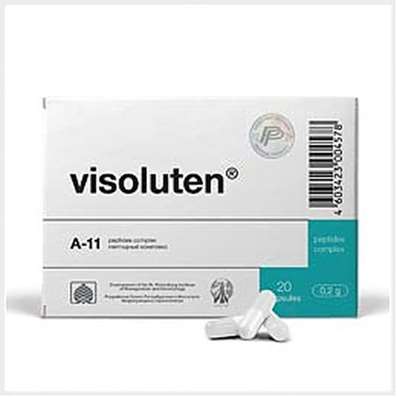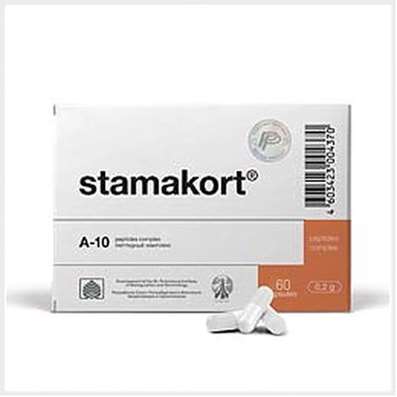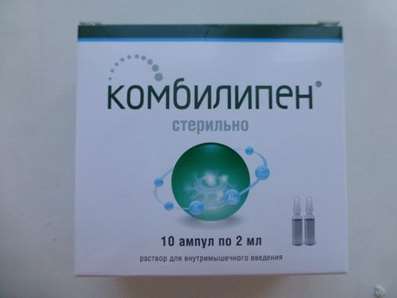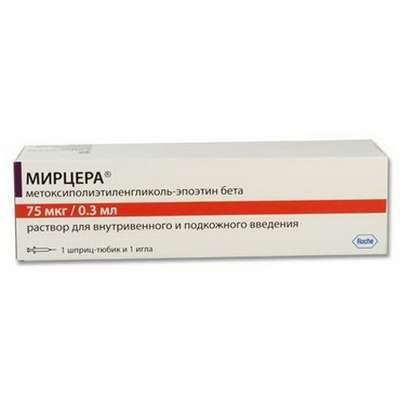Instruction for use: Leponex
I want this, give me price
Dosage form: tablets
Active substance: Clozapine*
ATX
N05AH02 Clozapine
Pharmacological group:
Neuroleptics
Composition and release form
Tablets 1 table.
clozapine 25 mg; 100 mg
auxiliary substances: lactose monohydrate; corn starch; PVP; silicon dioxide colloidal; magnesium stearate; talc; purified water
in a blister of 10 pcs .; in a pack of cardboard 5, 10, 12 or 25 blisters.
Pharmachologic effect
Pharmacological action - antipsychotic, antihistamine, antiserotonin, sedative.
Dosing and Administration
Inside. Doses of the drug should be selected individually. Each patient should be given an effective minimum dose.
Patients receiving drugs interacting with clozapine (such as benzodiazepines or SSRIs) need adequate dose adjustment.
For oral administration, the following dosages are recommended:
Schizophrenia, resistant to therapy. The initial stage of treatment: on the first day, appoint 12.5 mg (1/2 tablets of 25 mg) 1 or 2 times a day; in the second day - 1-2 tablets. on 25 mg. In the future, with good tolerability, the dose of the drug can be slowly increased by 25-50 mg so that within 2-3 weeks of reaching a daily dose of 300 mg. Then, if necessary, the daily dose can be increased further, by 50-100 mg every 3-4 days or, better, 7 days.
Therapeutic range of doses. In most patients, the onset of antipsychotic action of the drug can be expected with a daily dose of Leponex® 300-450 mg (in several steps). In some patients, smaller doses may be effective, others may require doses up to 600 mg / day. The daily dose can be divided into individual methods unevenly, assigning it most before bedtime.
The maximum dose. To achieve the full therapeutic effect, some patients are required to prescribe higher doses of the drug. In this case, it is advisable to gradually increase the dose (each time by no more than 100 mg) until reaching 900 mg / day. It should be taken into account the possibility of more frequent development of side effects (in particular, the appearance of seizures) when using doses of the drug, exceeding 450 mg / day.
Supportive dose. After reaching the maximum therapeutic effect in many patients, it is possible to switch to the use of lower maintenance doses. Reduce the dose should be slow and cautious. Supportive treatment should last at least 6 months. If the daily dose of the drug does not exceed 200 mg, you can switch to a single evening drug intake.
Reducing the risk of repeated suicidal behavior in schizophrenia and schizoaffective psychosis. When treating patients with schizophrenia and schizoaffective psychosis who are at risk of recurrence of suicidal behavior, the same recommendations for the method of administration and dosing should be followed, which are given for patients with schizophrenia, resistant to therapy.
To reduce the risk of suicidal behavior, it is recommended to take Leponeks® for at least 2 years. After a 2-year course of treatment, it is recommended to reassess the risk of suicidal behavior in the patient. Further, the need to continue therapy with Leponex® is determined on the basis of a regular thorough evaluation of the risk of recurrent suicidal behavior.
Psychosis in Parkinson's disease (in cases of ineffectiveness of standard therapy). The initial dose of clozapine should not exceed 12.5 mg / day (1/2 tablets of 25 mg), it should be taken in the evening. Further the dose should be increased by 12.5 mg, not more often than twice a week, up to a maximum dose of 50 mg. A dose of 50 mg can be prescribed no earlier than the end of 2 weeks after the start of treatment. The entire daily dose is preferably taken in 1 evening.
The average effective dose is 25-37.5 mg / day on the average. In the event that treatment for at least 1 week at a daily dose of 50 mg does not provide a satisfactory therapeutic effect, a further cautious increase in the daily dose of not more than 12.5 mg per week is possible.
The dose of 50 mg / day can be exceeded in exceptional cases. Do not exceed the dose of 100 mg / day.
Increase in the dose should be limited or postponed in the case of development of orthostatic hypotension, expressed sedation or confusion. During the first weeks of treatment, blood pressure control is necessary. An increase in the dose of antiparkinsonian drugs (levodopa), if it is shown on the basis of motor status assessment, is possible not earlier than 2 weeks after complete relief of psychotic symptoms. According to a 2-year study in patients with Parkinson's disease, against the background of Leponex® therapy with the management of psychotic symptoms, in order to improve the condition of motor functions, it is possible to increase the dose of levodopa by 17-68% from the initial dosage (for 15 months, improvement by 11-22 % on the motor scale).
If this increase causes the recurrence of psychotic symptoms, the dose of Leponex® can be increased by 12.5 mg per week to a maximum dose of 100 mg / day taken in 1 or 2 doses (see above).
At the conclusion of therapy it is recommended to gradually reduce the daily dose by 12.5 mg not more often than once a week (preferably in 2 weeks).
Treatment should be immediately discontinued if neutropenia or agranulocytosis develops. In this situation, a careful psychiatric observation is necessary, since symptoms can quickly recur
Use in patients aged 65 years and older. It is recommended to start treatment with very small doses (12.5 mg once a day on day 1) and then increase the dose by no more than 25 mg per day.
The experience with Leponex® in patients 65 years of age or older does not allow us to conclude that there are differences between the age groups in their response to Leponex®.
Storage conditions of the drug Leponex
At a temperature not exceeding 30 ° C.
Keep out of the reach of children.
Shelf life of the drug Leponex
5 years.
Do not use after the expiry date printed on the package.

 Cart
Cart





